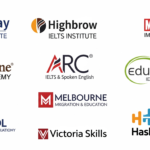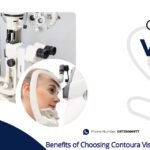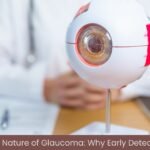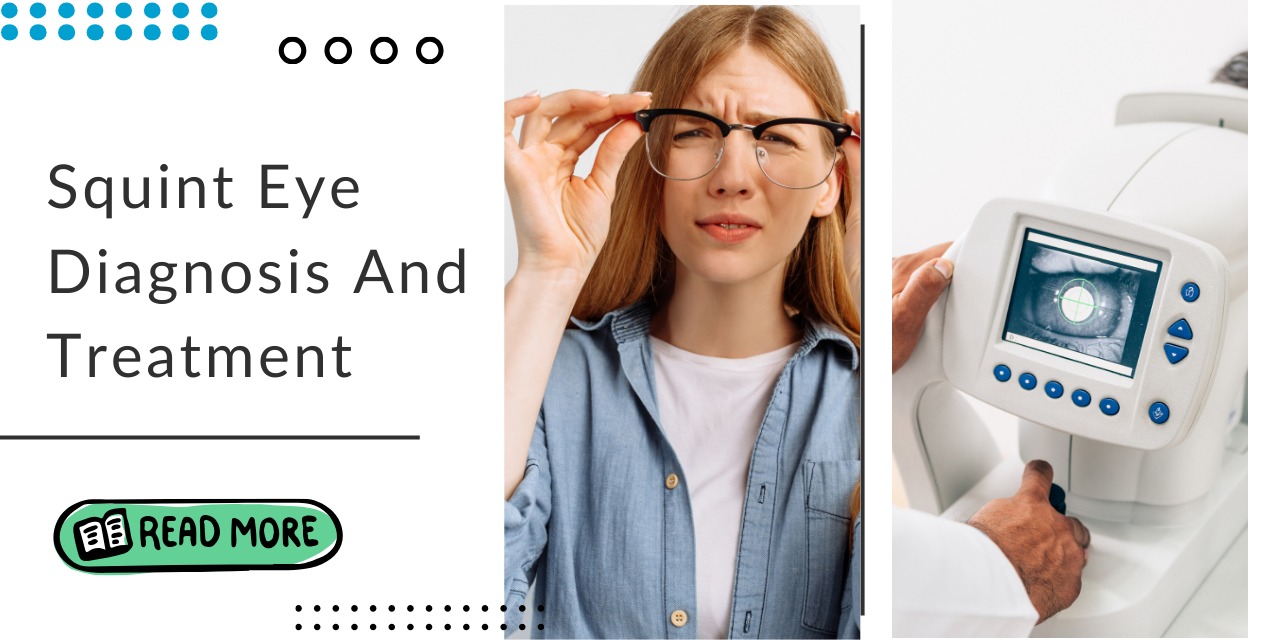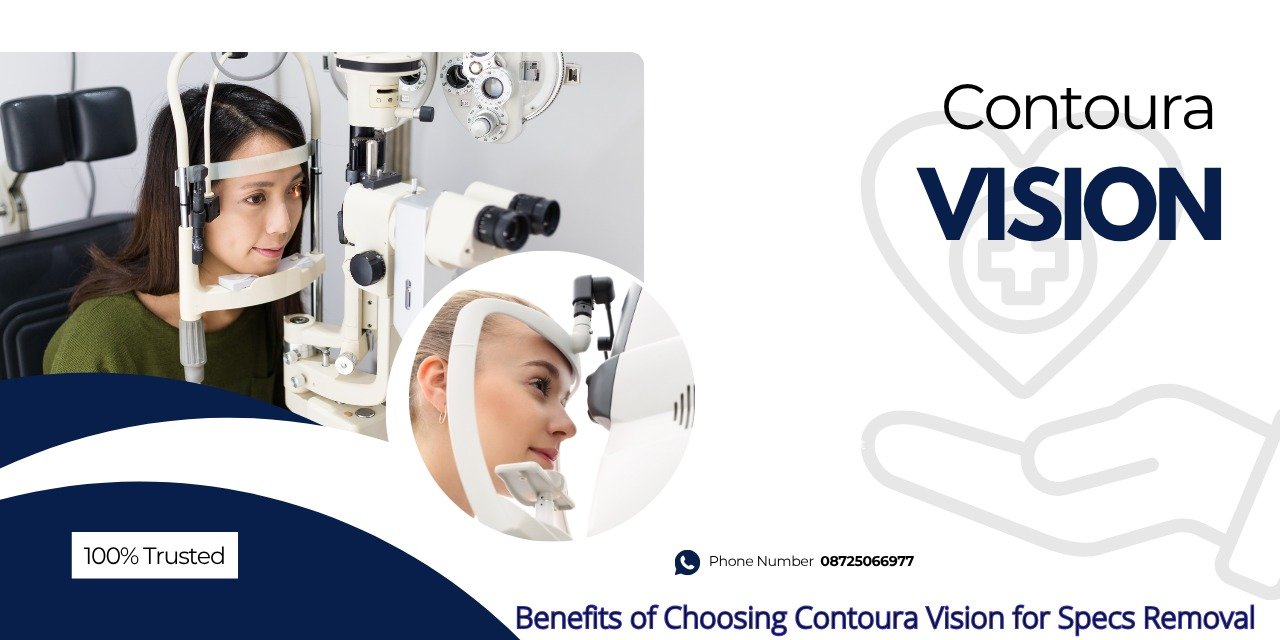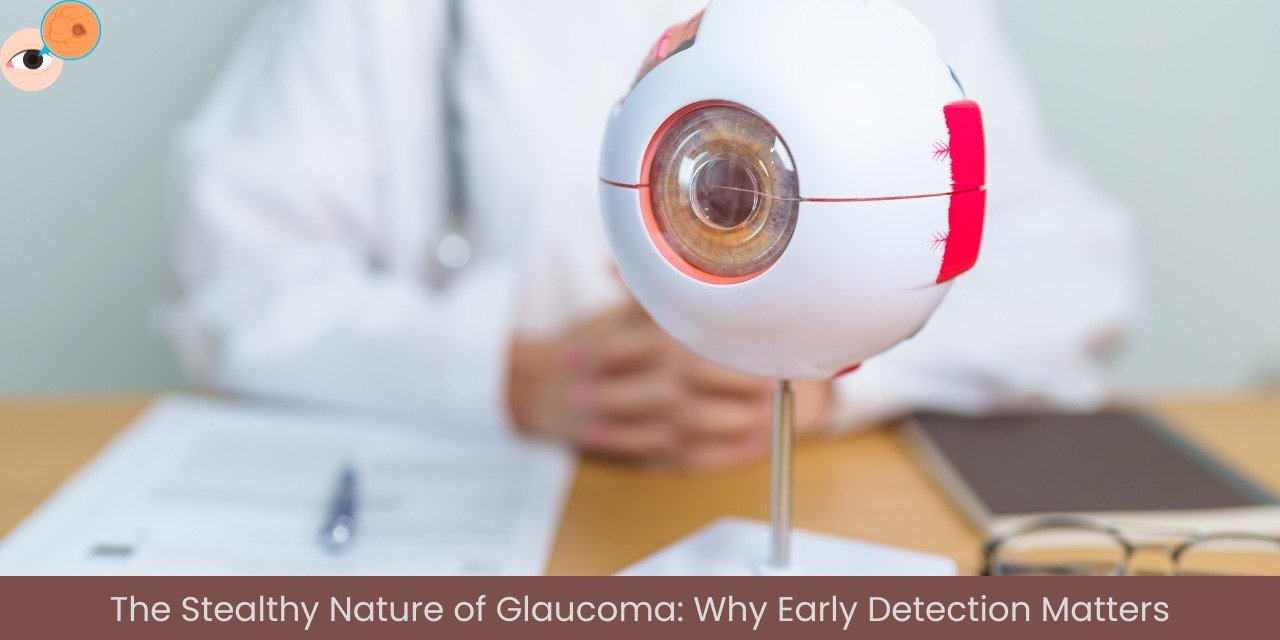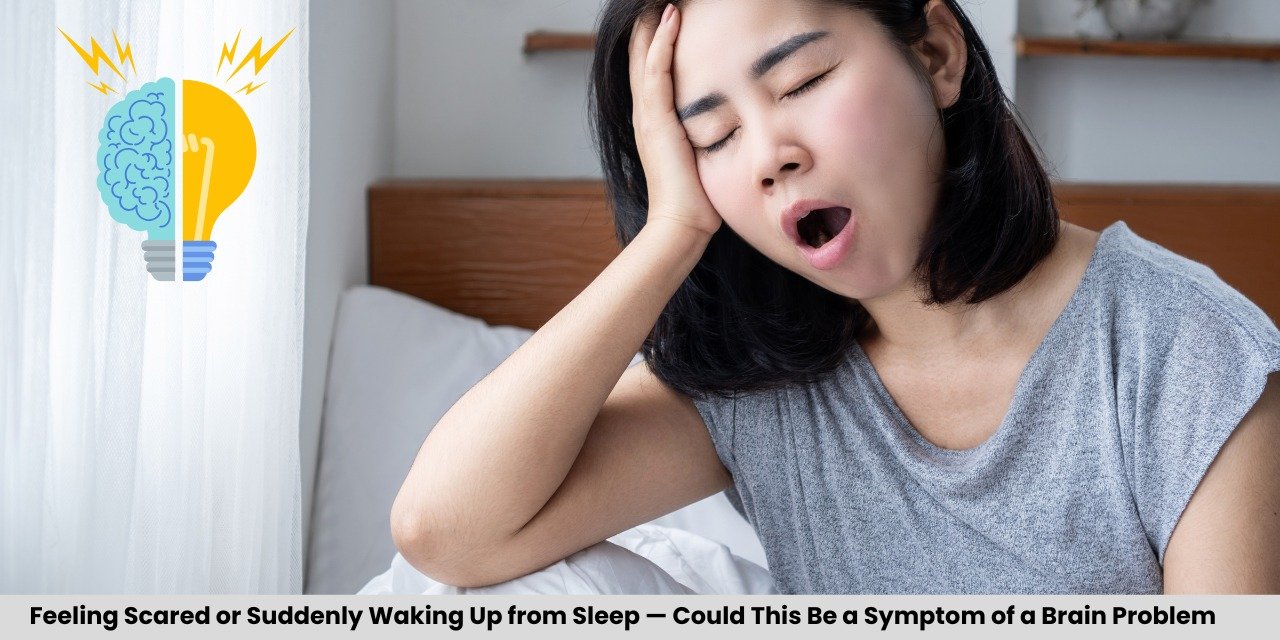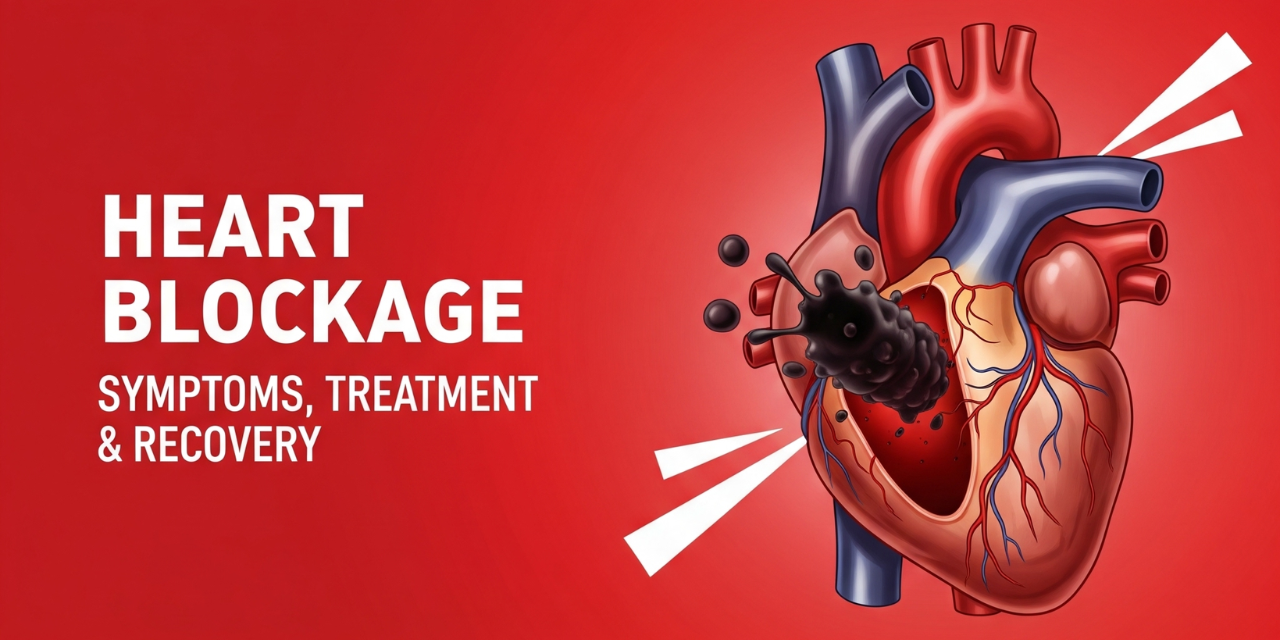Eye squint, or strabismus, is a condition where the eyes do not align properly. This misalignment can affect both children and adults, leading to vision problems and discomfort. Understanding the diagnosis and treatment options for eye squint is essential for managing the condition effectively. This article provides an overview of what you need to know about eye squint, including its causes, diagnosis, and treatment methods.
What is Eye Squint (Strabismus)?
Eye squint, or strabismus, occurs when the eyes do not point in the same direction. It can manifest in several ways:
- Esotropia: One eye turns inward towards the nose.
- Exotropia: One eye turns outward, away from the nose.
- Hypertropia: One eye turns upward.
- Hypotropia: One eye turns downward.
Strabismus can be present at birth or develop later in life. It can lead to issues such as double vision, difficulty with depth perception, and in children, a condition known as amblyopia or lazy eye.
Diagnosing Eye Squint
An accurate diagnosis is crucial for effective treatment. Here are the key steps involved in diagnosing eye squint:
- Medical History: Your eye doctor will start with a detailed medical history, including any symptoms, their onset, and family history of eye conditions.
- Eye Examination: A thorough eye exam is conducted to evaluate eye alignment, visual acuity, and eye movements. Tests such as the cover test, Hirschberg test, and prism test are commonly used to assess the type and degree of misalignment.
- Vision Tests: These tests measure visual acuity and depth perception. They help in understanding how the squint affects overall vision and coordination.
- Imaging Tests: In some cases, imaging tests like MRI or CT scans may be necessary to investigate any underlying conditions or structural abnormalities.
Treatment Options for Eye Squint
Treatment for eye squint depends on the severity of the condition, its underlying cause, and the patient’s age. Here are the common treatment options:
- Corrective Lenses: Prescription eyeglasses or contact lenses can help correct refractive errors that may contribute to strabismus. They are often used in conjunction with other treatments.
- Eye Patching: For children with amblyopia, eye patching can strengthen the weaker eye. This involves covering the stronger eye to force the weaker eye to work harder.
- Vision Therapy: Vision therapy includes exercises designed to improve eye coordination and strengthen eye muscles. It is particularly beneficial for certain types of strabismus and can be a non-surgical approach to treatment.
- Surgical Correction: When other treatments are not effective, strabismus surgery may be recommended. The surgery involves adjusting the eye muscles to correct alignment. It is typically performed under general anesthesia, and recovery time can vary.
- Botox Injections: Botulinum toxin (Botox) injections can be used to temporarily weaken specific eye muscles, helping to realign the eyes. This option can be used as a preliminary treatment or alongside other methods.
Managing and Preventing Eye Squint
While some causes of eye squint cannot be prevented, early detection and eye squint treatment can minimize its impact. Regular eye exams are important, especially for children, to identify any signs of squint early on. If you notice any symptoms of eye misalignment or discomfort, consult an eye care professional promptly for appropriate eye squint treatment in Mohali.
ConclusionEye squint is a manageable condition with various treatment options available. Early diagnosis and intervention are crucial for effective management and to prevent long-term vision problems. Dr Rohit P Gupta at the renowned Tricity Eye Hospital is highly experienced in providing comprehensive eye squint treatment tailored to individual needs. By staying informed and proactive, you can address eye squint effectively and maintain optimal eye health. For more information or to schedule an appointment, call us at +91-89682 48767.


